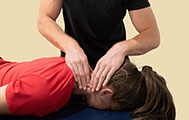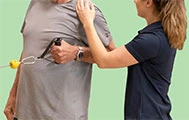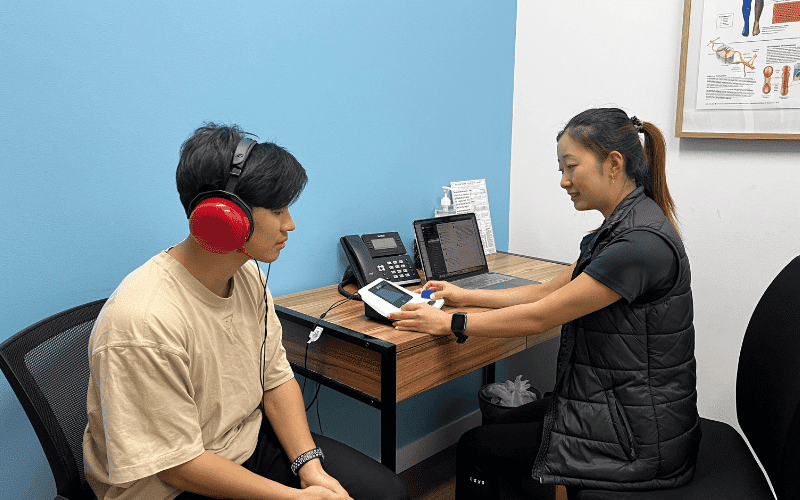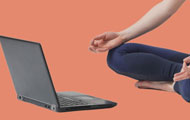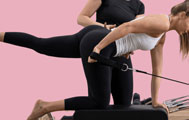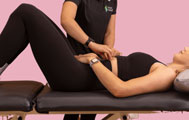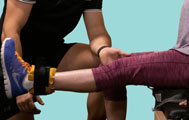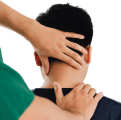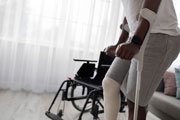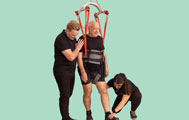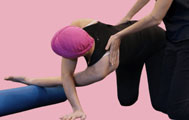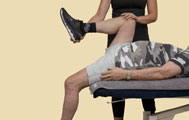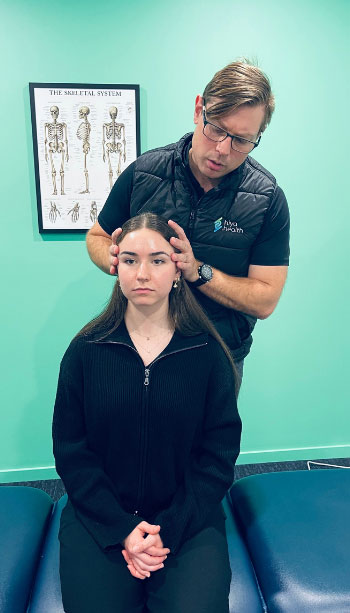Meniscus 101: What is a Meniscus and how can Physio help Meniscus Injuries?
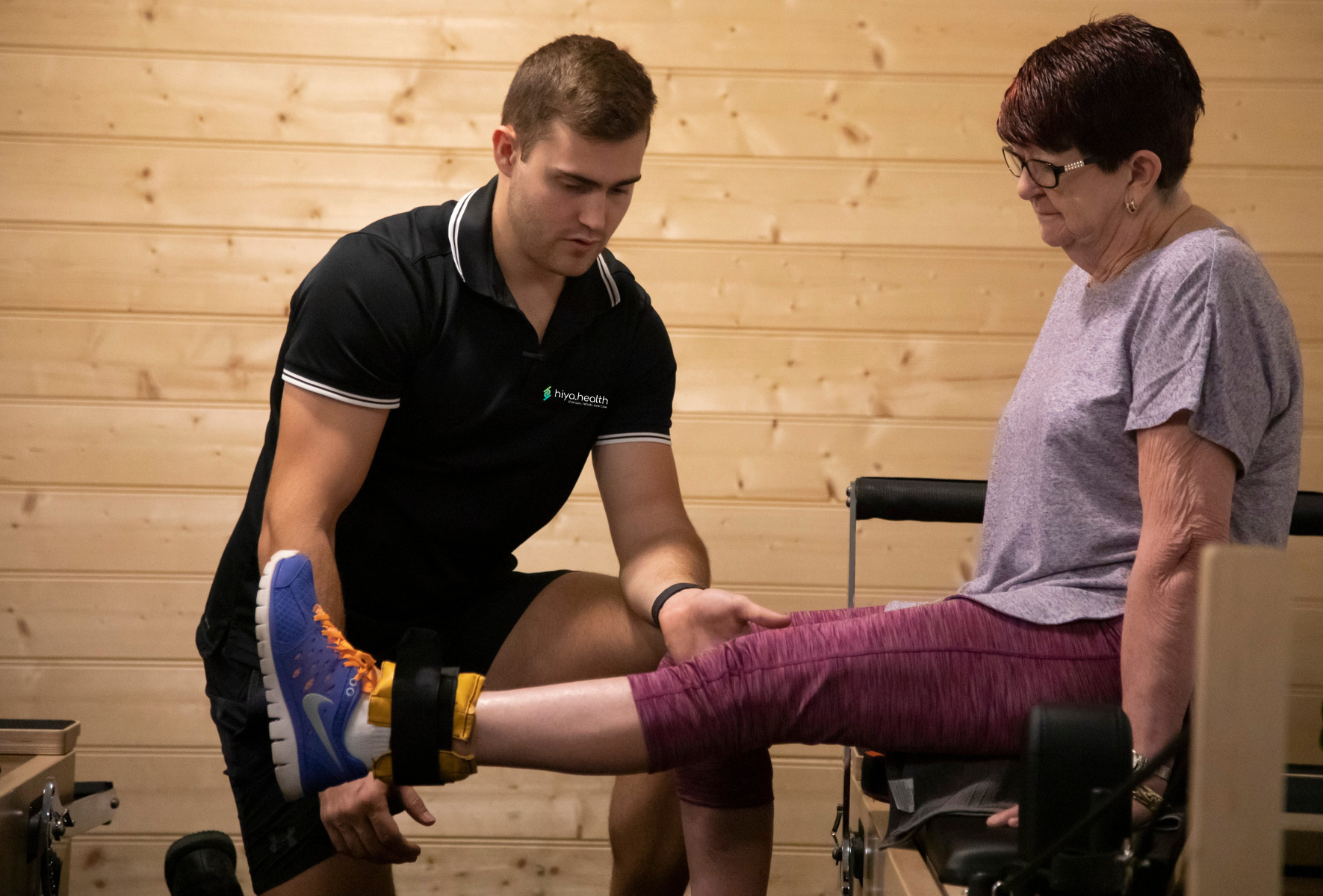
As a Physio, I often see patients hobbling into the clinic with knee pain, and a common culprit is a meniscal injury. Meniscal injuries can be classified as either traumatic i.e. as a result of an injury, or degenerative. In this article, I want to break down what’s happening and how we can get you back on your feet after a meniscus injury.
What is a Meniscus?
Imagine your knee joint as a complex hinge, and the menisci are two C-shaped wedges of cartilage acting as shock absorbers between your tibia (shinbone) and femur (thighbone).
The role of the meniscus is to provide stability, distribute weight evenly, and allow for smooth, friction-less movement. They’re crucial for protecting the articular cartilage, the smooth covering on the ends of your bones, preventing contact and wear over time.
How do meniscal injuries occur?
Acute meniscal tears often occur during twisting or pivoting movements, especially when the foot is planted. Think about those awkward landings during sports, or even a simple misstep while getting out of a car. Other common mechanisms include, but are not limited to:
- Direct impact to the knee.
- Deep squatting or lifting with a twist.
- Sudden changes in direction.
Research by Englund and Guermazi (2010) indicates that rotational forces combined with compression are the most common cause of acute meniscal tears.
In contrast, meniscal tears can occur gradually over time due to age and loading patterns. In this process, the meniscus loses some of its elasticity and becomes more prone to tearing. These degenerative tears often happen with minimal or even no specific injury. Simple daily activities like standing up from a chair or walking can sometimes be enough to cause small tears in a weakened meniscus. This type of meniscus injury is more common in older individuals and is often associated with osteoarthritis.
What are the common symptoms of a meniscal injury?
If you’ve injured your meniscus, you might experience a range of symptoms:
- Pain: Often located along the joint line.
- Swelling: Your knee might puff up within hours or days.
- Clicking or popping: You might hear or feel a clicking or popping sensation in your knee.
- Locking or catching: Your knee might feel stuck or catch during movement.
- Instability: A feeling of your knee giving way.
- Difficulty bending or straightening the knee: Reduced range of motion.
It is important to note that symptoms can vary, and sometimes, a meniscal tear can occur with minimal pain.
How can a Physiotherapist help with a meniscus injury?
So, you’re experiencing knee pain, and you think it might be related to the meniscus. What can we as Physios do to help?
- Assessment and Diagnosis: We’ll start with a thorough assessment to determine the extent of the injury and rule out other potential issues.
- Pain Management: We’ll use a combination of hands-on and self-management strategies to manage pain and swelling.
- Strengthening Exercises: We’ll guide you through specific exercises to strengthen the muscles around your knee, providing stability and support.
- Range of Motion Exercises: We’ll work on restoring your knee’s full range of motion.
- Proprioceptive Training: This helps improve your balance and coordination, reducing re-injury risk.
- Functional Rehabilitation: We’ll help you gradually return to your daily activities and sports, ensuring you’re strong and stable.
- Education: We will educate you on how to manage your symptoms and how to avoid re-injury.
In some cases, surgery is indicated however, it is reassuring to note that research has shown that Physiotherapy interventions are effective in managing meniscal tears (Katz et al., 2013).
Getting back to your best
Recovering from a meniscal injury takes time and dedication. But with the right Physio management and consistent effort, you can get back to doing the things you love. Don’t hesitate to reach out if you’re experiencing knee pain. The team at Hiya Health are here to help you get back to your best.
Looking for physio for Knee Injuries?
If you are experiencing knee pain and are looking for Physiotherapy, our experienced Physiotherapists are here to help! Book an initial appointment with one of the team today.
References
Englund, M., & Guermazi, A. (2010). Incidence and prevalence of meniscal tears in the general population. Knee Surgery, Sports Traumatology, Arthroscopy, 18(1), 19-26.
Katz, J. N., Brophy, R. H., Chaisson, C. E., Cole, B. J., Dahm, D. L., Donnellan, N. J., … & Wright, R. W. (2013). Surgery versus physical therapy for a meniscal tear and osteoarthritis. New England Journal of Medicine, 368(18), 1675-1684.
Authour: Steven Walker, Physiotherapist, Hiya Health Labrador
Subscribe to e-news
Receive the latest health tips and news straight to your inbox
